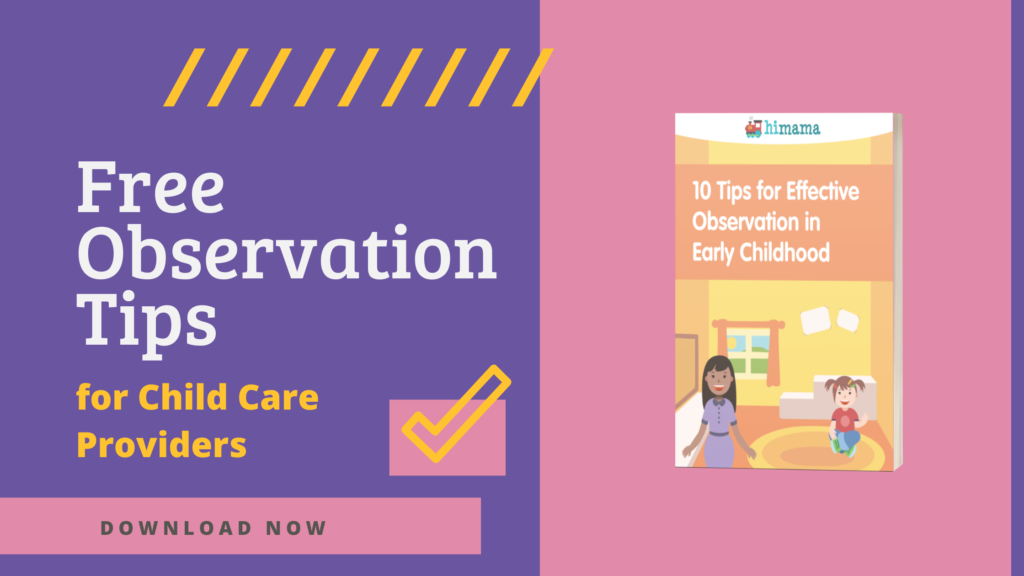Attachment is the unique bond and relationship you have with your child. This teaches your child to trust you and to communicate with you. Attachment facilitates the development of emotional regulation, social skills, and empathy. Attachment is important for a child’s overall development and learning.
Strategies and techniques
Early childhood educators are consistently learning and creating opportunities to build healthy attachments with the children in their care and supporting families in their own attachment with their children. The educator’s role is to create connections between the home environment, community and childcare setting.
Educators can use many strategies to create healthy attachments in the classroom, which includes:
- Being consistent, responsive, understanding the needs and signals (e.g. if they are tired or hungry) of the children in their care.
- Encouraging positive behaviors and play.

Secure attachment
Secure attachment promotes self-regulation, empathy, prosocial behavior and a positive sense of emotional well-being and self-esteem. When children don’t have secure attachments they spend less time exploring and playing in their environment because the adult they rely on is not present.
Remember to:
- Be sensitive and empathic: Children need your consistent responsiveness and warmth, especially during the early years. By responding and being sensitive to their signals (e.g. their cries) will help the child trust you to meet their needs.
- Respond calmly: Model good behavior and control your own emotions and behaviors. Children learn from us and how we interact with them.
- Be involved: It is important to interact, be present and positively engaged with your child. For example, sing to them, read to them, and smile at them.
- Be nurturing: Show positive behavior through body language (e.g. eye contact, touch, facial expressions and laugh) when you interact with your child. Show them that you are interested in them to help develop their sense of attachment and security.

The educator’s role
As an educator, you can support a family’s child attachment by helping them recognize they are the most important person to their child, encouraging them to understand the different signals children send and how to respond appropriately, and show parents how to get involved in their children’s play to build that connection with their child.
Creating an environment that builds trust, promotes positive behaviors and builds a connection between the child and adult, are key parts to creating a healthy relationship with children. When adults build a relationship with children, this promotes healthy attachments during the early years.
Never miss another important moment by following these observation techniques!



